While the Camaro is often seen as a cornerstone of the muscle car era, it wasn’t always the king of the hill. In fact, there was one model that quietly outsold it in several key years—offering V8 power, classic styling, and broad appeal without grabbing all the headlines. That car was the Pontiac Firebird. Built on the same F-body platform, the Firebird hit a sweet spot in the late 1970s when buyers wanted performance looks and personal luxury, even if raw horsepower had taken a back seat. Here are 10 facts that explain how the Firebird pulled it off.
It Beat the Camaro in 1977–1979
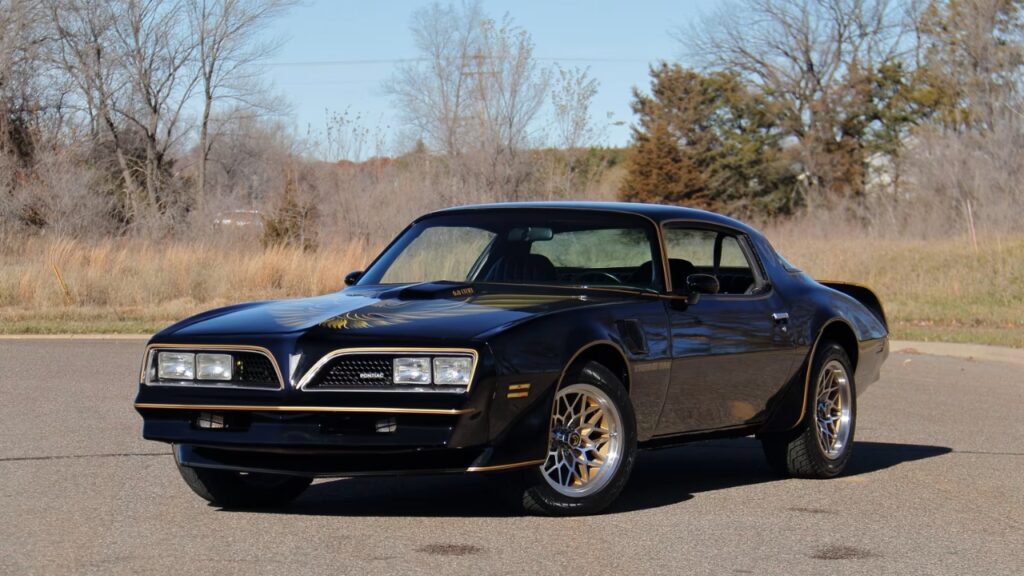
From 1977 to 1979, the Pontiac Firebird consistently outsold the Camaro. In 1979 alone, Pontiac moved over 211,000 Firebirds, while the Camaro lagged slightly behind. That year marked the high point for Firebird sales, driven in large part by the success of the Trans Am.
Smokey and the Bandit didn’t hurt either. The movie put the black and gold Trans Am on the map and turned it into a pop culture icon. Meanwhile, Pontiac leaned into the image with special editions that sold like crazy.
Shared Platform, Different Attitude
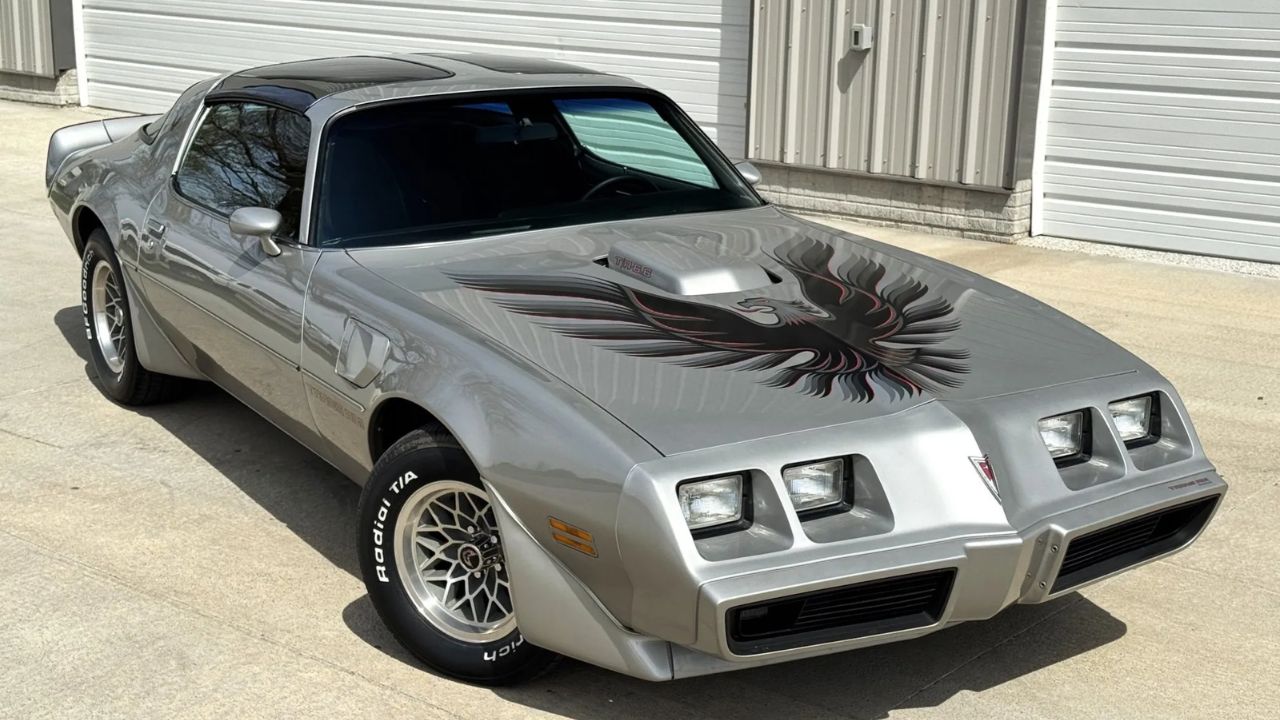
Both the Firebird and Camaro used GM’s F-body architecture, but Pontiac always gave the Firebird more flair. Even base models had unique front-end treatments, often with split grilles and aggressive lines that stood apart from Chevy’s more conservative approach.
Pontiac also tweaked suspension setups and interior trim to make the Firebird feel more upscale. Buyers looking for something a little more polished—without losing the pony car vibe—gravitated toward the Firebird.
The Trans Am Package Did the Heavy Lifting

By the late ’70s, the Trans Am had become the Firebird’s top trim, offering the most visual drama and (on paper) performance. Even though emissions choked most V8s, the 6.6L V8 still had presence and sound, and the car looked fast even standing still.
It was more about attitude than outright speed. With a shaker hood, flares, and wild graphics, the Trans Am gave people a muscle car they could show off. That image helped sales stay strong while many others declined.
The Bandit Effect Was Real

When Smokey and the Bandit hit theaters in 1977, Pontiac didn’t have to pay for a single bit of product placement. But Burt Reynolds driving a black-and-gold Trans Am did more than any ad campaign could’ve dreamed.
The car became a sensation. Pontiac had trouble keeping up with demand for the SE model, and by 1978, dealerships were flooded with requests. It was cool, recognizable, and accessible—and it helped push Firebird sales past the Camaro’s.
More Options, More Buyers

Pontiac played the options game smart. The Firebird was offered in multiple trims—base, Esprit, Formula, and Trans Am—each targeting different buyers. This gave the lineup broader appeal than the Camaro, which focused more narrowly on sporty models.
Buyers could get a Firebird with luxury touches, or go all in on the Trans Am. That flexibility brought in more sales, especially when rising insurance premiums made high-horsepower models a harder sell.
Interior Design Helped Too

Pontiac gave the Firebird interior more attention than Chevy did the Camaro. The dash layout, seating materials, and trim options felt a little more refined—particularly in Formula and Trans Am trims.
In a time when performance was falling off, comfort and image became more important. Buyers appreciated the cockpit-like feel of the Firebird and the added flash. It wasn’t just a muscle car—it felt like a personal statement.
Insurance Rates Were a Factor

As muscle cars were getting neutered by emissions rules and higher insurance rates, Pontiac leaned into looks and trim packages instead of just chasing horsepower. That meant you could get a flashy Firebird without the insurance nightmare.
The Trans Am with a 403 Olds V8, for example, looked like a hot rod but didn’t scare insurers. That made it appealing to buyers who wanted the image of a muscle car without the financial pain.
It Had a Longer Run Than the Camaro

When the third-generation Camaro debuted in 1982, it was a clean-sheet redesign. The Firebird got the same treatment—but Pontiac’s version often came with slightly more aggressive styling and better promotional support in the early years.
The Firebird continued to outsell the Camaro in some years during the ’80s as well. Pontiac had carved out a loyal customer base, especially among buyers who still wanted something loud-looking even if it wasn’t actually loud.
Emissions Didn’t Kill the Firebird

While many muscle cars from the 1960s were gone by the early ’70s, the Firebird kept going. Pontiac adapted quickly, offering smaller displacement V8s, tuning for torque, and making the car more about style than speed.
It paid off. The Firebird survived while other nameplates—like the Road Runner or Torino GT—faded away. That longevity meant more sales and more visibility, especially during a time when many pony cars disappeared altogether.
It Was Just the Right Car at the Right Time

In the late 1970s, drivers wanted something fun but manageable. The Firebird, especially in Trans Am trim, looked like a performance car but didn’t demand the same compromises. It was fast enough, loud enough, and flashy without being punishing.
The Firebird hit that middle ground perfectly, especially compared to a Camaro that didn’t always stand out. That combination of timing, styling, and savvy marketing helped it outsell Chevy’s icon—even if history doesn’t always remember it that way.
Like Fast Lane Only’s content? Be sure to follow us.
Here’s more from us:


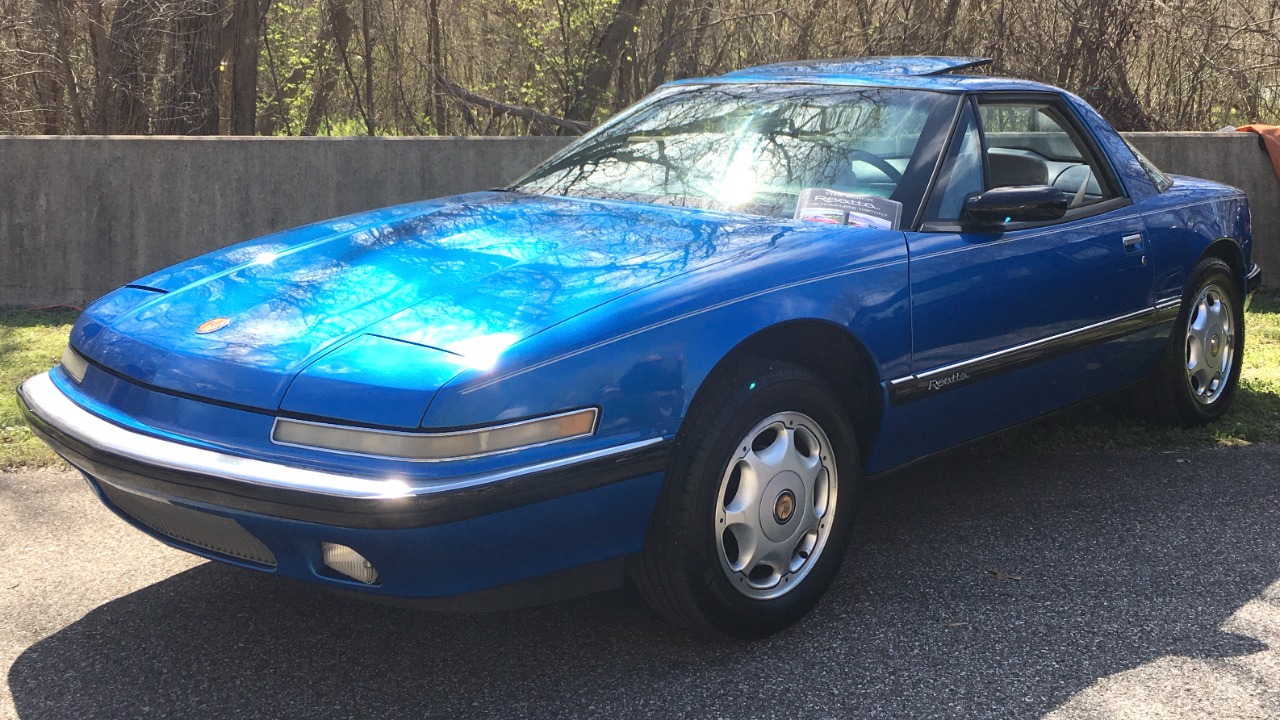

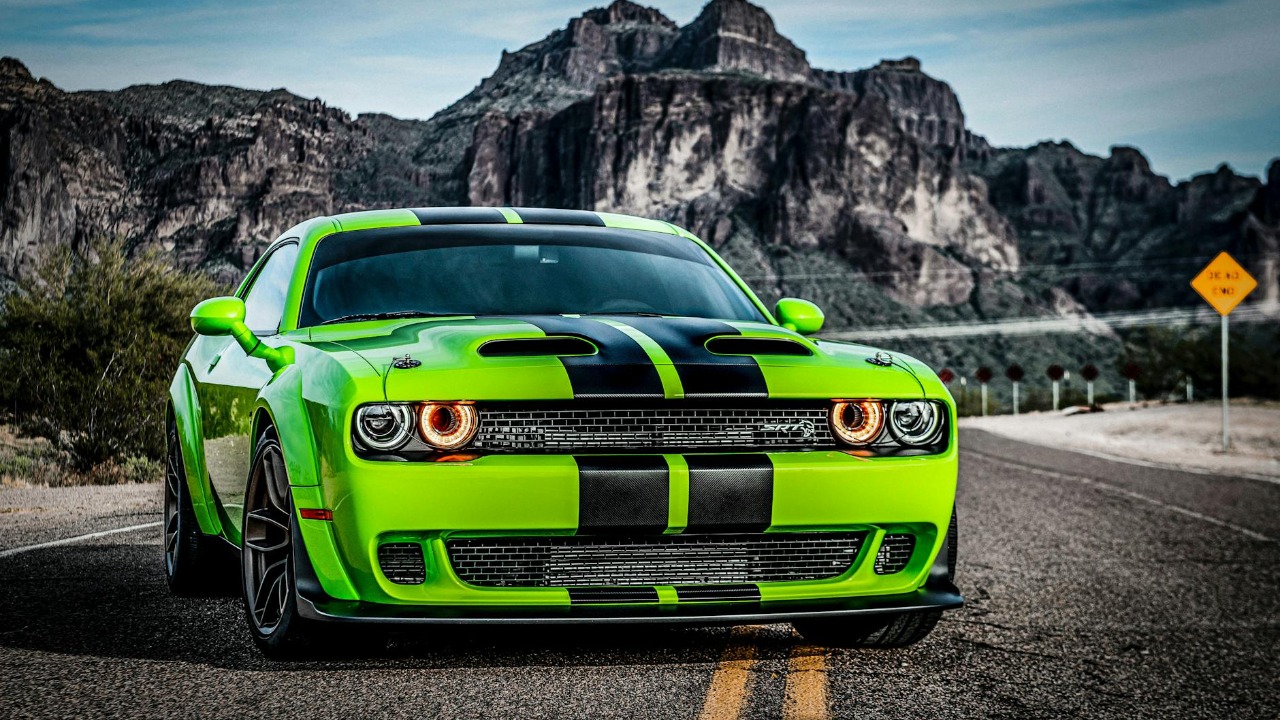

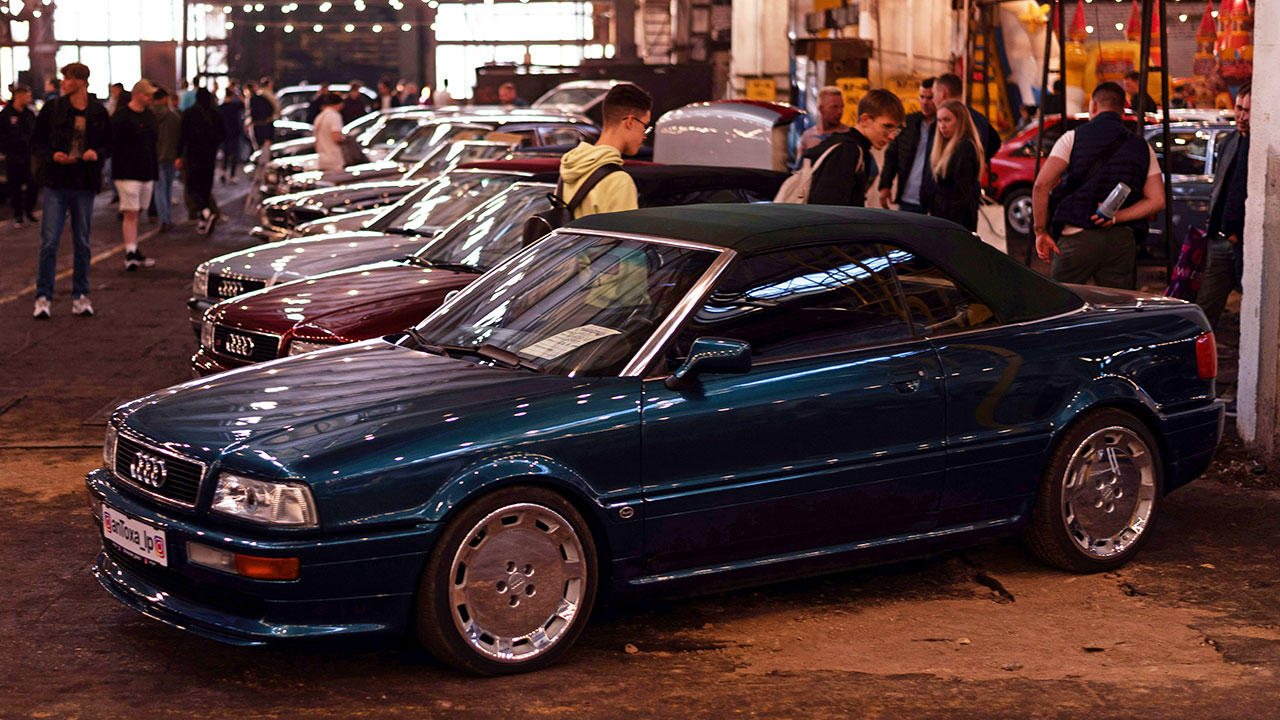
Leave a Reply